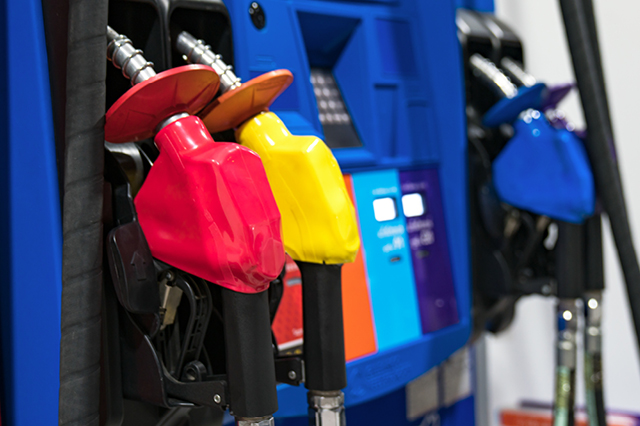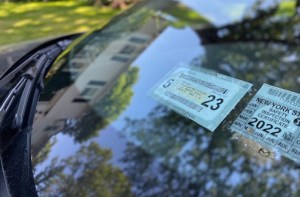It doesn’t take very long for pumping gas to become so routine that we practically do it on autopilot. Aside from the price, what other factors do you consider? Here are a few points to mull over.
Different Types of Fuel
Most passenger vehicles are powered by gasoline. But vehicles also run on diesel, E85 gasoline, hybrid gas/electric, natural gas and even hydrogen.
There should be a label on the fuel door that reads something along the lines of “Diesel Fuel Only” or “Unleaded Gasoline Only.” If there’s ever a doubt, call the manufacturer.
It is imperative that you use the proper fuel. Using gasoline in a diesel or diesel in a gasoline vehicle is an expensive mistake. Using high- content ethanol (E85) in an engine not designed for it can also void the manufacturer’s warranty.
Regular Versus Premium
Gasoline grades depend on the fuel’s octane level. Higher octane levels resist engine knocking and pinging. Higher-compression engines and those with turbochargers typically use higher-octane fuel.
The driver’s manual should state the correct grade needed for your vehicle. It may suggest – but not require – premium gas. If this is the case, your car should be able to run fine with lower-grade gas, and it could save you money.
Alternative Fuels
While gasoline and diesel are the most common fuels, most any vehicle can be converted to use an alternative fuel source. This can vary from something simple, like converting an old diesel engine to run on used vegetable oil, to expensive conversions like compressed natural gas and battery electric.
In the not-too-distant future, filling your vehicle’s tank could be as varied as selecting your morning coffee.
For more information about you car, visit AAA.com/Automotive.













